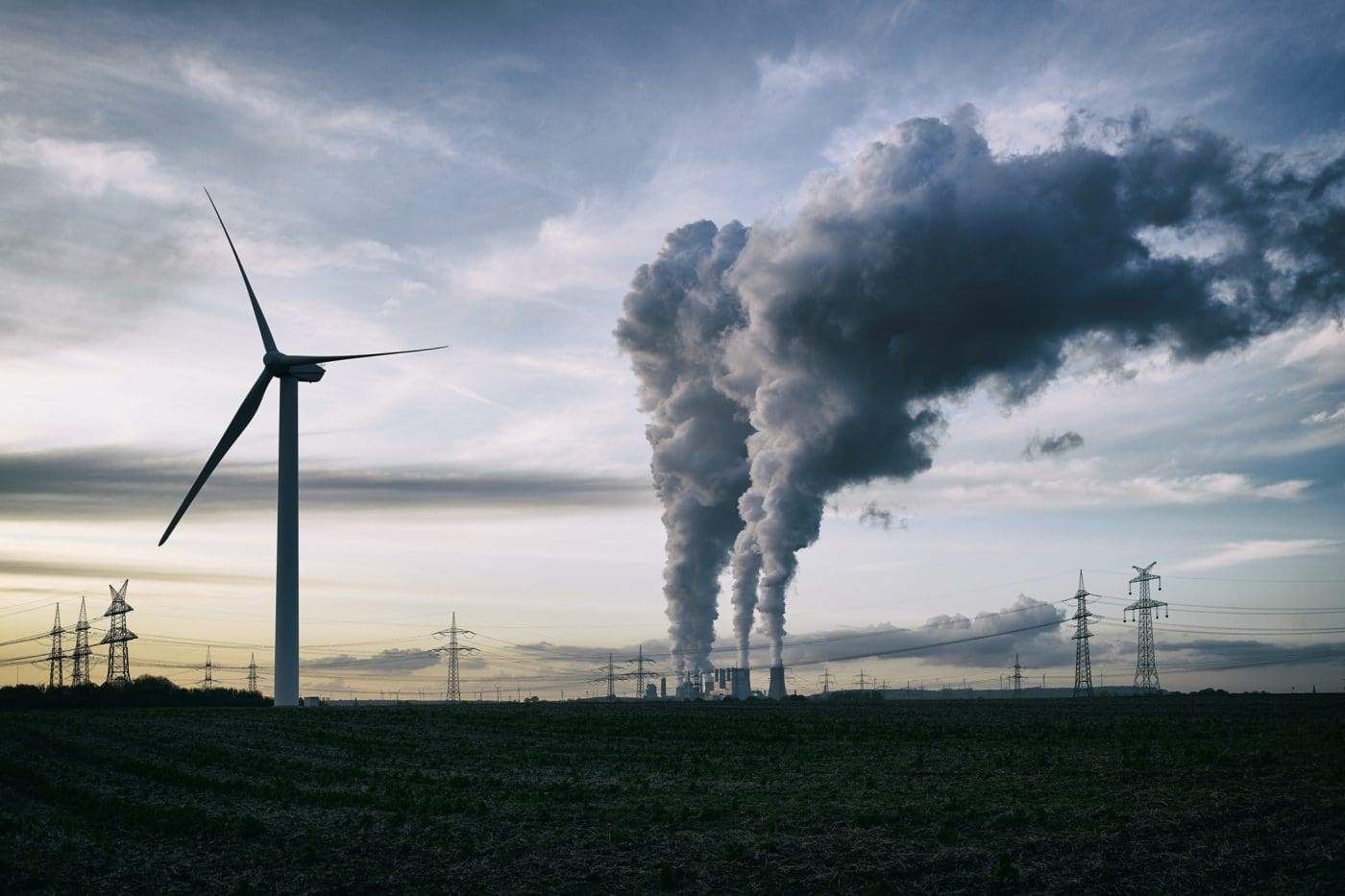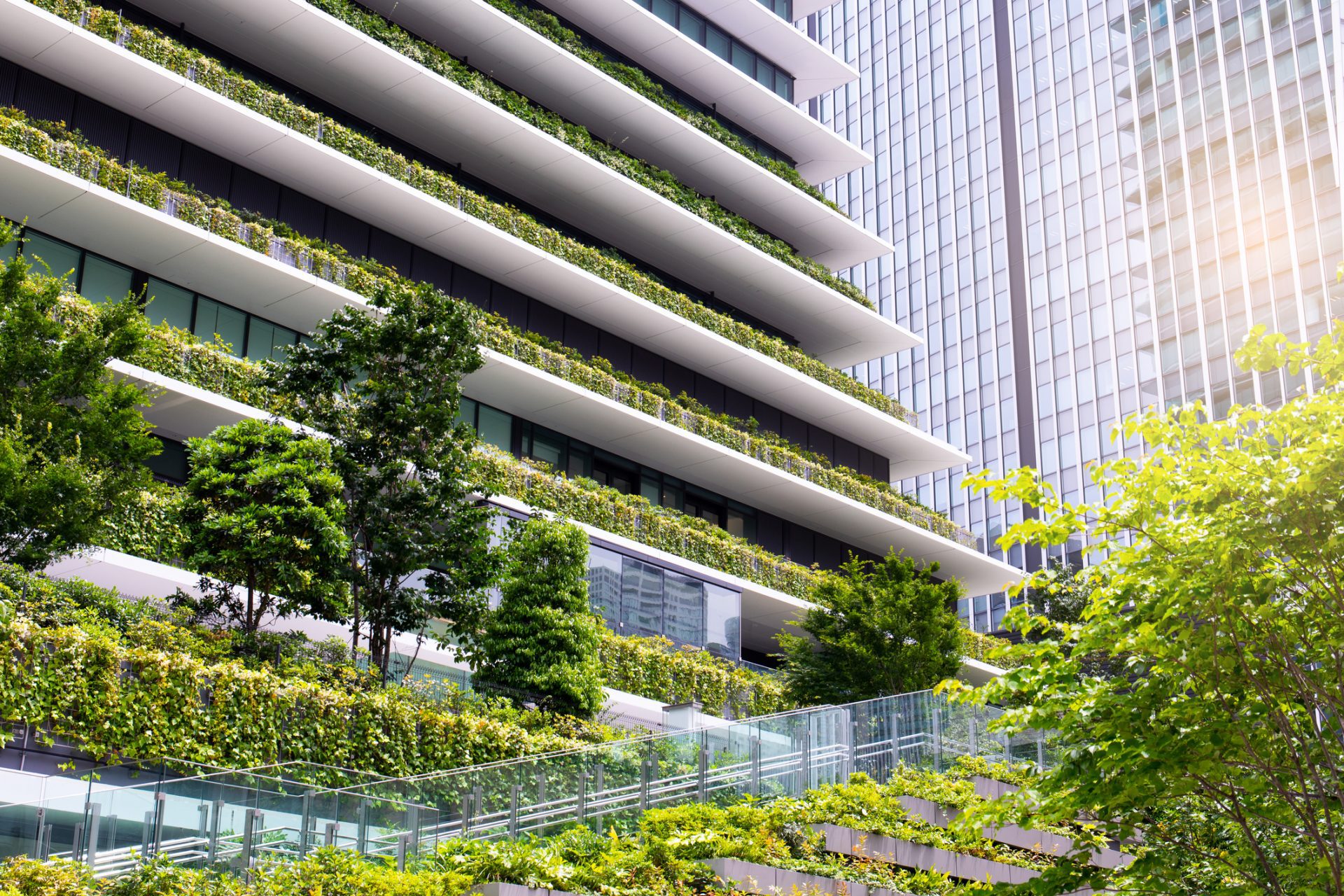
Regulatory content
Climate Change
The manufacturing industry includes the highest carbon-emitting sectors in the global economy. This has resulted in an increased trend towards climate-friendly operations and energy-efficient manufacturing practices and products, some of which are voluntary, whilst others are mandatory. This increased regulatory framework is being driven by international organizations, such as the United Nations and the European Union.
Climate change
195
Countries Covered
3,659
Sources in C2P
Content Overview
Human activities are the main driver of Climate Change, primarily due to the burning of fossil fuels that create heat-trapping gases. Global policies have evolved to try to address the threats posed by Climate Change and we are seeing an increased regulatory framework being driven by international organizations.
Climate Change regulations can typically be divided into two broad categories:
- “product” specific i.e., regulations that impose restrictions/prohibitions on the sale of products including air conditioners, heat pumps, refrigerators manufactured using GHGs such as CFCs, HCFCs, HFCs, PFCs and SF6. It also includes prohibitions on new gas boilers and gas bottling/stoves in new buildings (as when burned, they emit GHGs into the atmosphere). It also includes obligations of companies to disclose and report on GHG emissions generated in the production process and value chain of products as well as obligations to report on the use or quantity of supplied ozone depleting substances and F-gasses in pre-charged products and equipment.
- “non-product” specific i.e., regulations that require companies to report on the climate impacts, risks, and opportunities that they may face.
- Other “non-product” specific sources may include National Climate Change Strategies, in particular Nationally Determined Contributions as part of the Paris Agreement. These documents outline efforts by each country to reduce national emissions and adapt to the impacts of climate change.
Industry specific regulations
The manufacturing industry includes the highest carbon-emitting sectors in the global economy with one third of total greenhouse gas (GHG) emissions and the world’s energy consumption attributable to manufacturing.
This has resulted in an increasing trend towards climate-friendly operations and energy efficient manufacturing practices and products, some of which are voluntary, whilst others are mandatory.
This increased regulatory framework is being driven by international organizations, such as the United Nations (under the auspices of the UN Framework Convention on Climate Change) and the European Union (EU).
The entry into force of the UN Paris Climate Change Agreement on 4 November 2016 was a pivotal milestone in this regard. The Agreement, which requires signatory governments to maintain global warming to no more than 2C above pre-industrial levels, provides that each State must submit a Nationally Determined Contribution (NDC) to reduce GHG emissions to achieve the temperature target.
The impact of the Agreement on businesses will therefore largely depend on whether those Member States will implement the measures outlined in their NDCs to meet their volunteered targets. These measures may include the introduction of carbon taxes and subsidies for green infrastructure.
The Kigali Amendment to the Montreal Protocol on Substances that Deplete the Ozone Layer is also crucial. Hydrochlorofluorocarbons (HCFCs) are widely used throughout the refrigeration, air conditioning, and heat pump industry. The current replacement of HCFCs in such equipment is Hydrofluorocarbons (HFCs) which are currently being phased out under the Kigali Amendment. Manufacturers are therefore required to phase out their use of HFCs by replacing them with more climate-friendly alternatives.
Product specific regulations
Product-specific regulations, largely based on the United Nations’ (UN) Montreal and Vienna Protocols, cover products including refrigerators, air conditioners, fire extinguishers, and electronic equipment, which are manufactured using ozone-depleting substances (ODS) such as CFCs, HCFCs, HFCs, PFCs and SF6. Other examples of “product specific” regulations include carbon footprint labeling/ low carbon product certification (in Taiwan, South Korea, Japan and China).
Coverage Included
Our regulatory content in C2P is historically comprehensive with a robust QA process to ensure quality, consistency and accuracy. Below is a high level summary of our coverage for this topic:
- Argentina: Long-term Resilient Development Strategy with Low Emissions by 2050, Resolution No. 218/2023
- EU: Fluorinated Greenhouse Gases, Regulation (EU) No 517/2014 (repeal proposed by EU: Fluorinated Greenhouse Gases, Draft Regulation, April 2022)
- EU: Ozone Depleting Substances Regulation (EC) No 1005/2009 (repeal proposed by EU: Rules on the Production, Import, Export, Placing on the Market, Supply, Use, Recovery, Recycling, Reclamation and Destruction of Ozone Depleting Substances, Draft Regulation, April 2022).
- EU: Greenhouse Gas Emission Allowance Trading, Directive 2003/87/EC
- EU: Effort to Reduce Greenhouse Gas Emissions, Decision 406/2009/EC
- EU: Establishing a Carbon Border Adjustment Mechanism, Regulation (EU) 2023/956
- Germany: Climate Adaptation, Draft Act, April 2023
- Georgia: Approving Nationally Determined Contribution under the Paris Agreement, 2030 Climate Change Strategy and 2021-2023 Action Plan, Resolution No. 167, 2021
- UN: United Nations Framework Convention on Climate Change, 1992
- UN: Kyoto Protocol to the United Nations Framework Convention on Climate Change, 1997
- UN: Montreal Protocol on Substances that Deplete the Ozone Layer, 1987
- UN: Montreal Protocol on Substances that Deplete the Ozone Layer, 1987 – Amendment – (on the phase-down of HFCs) Decision XXVIII/2016 (Kigali Amendment)
- UN: Vienna Convention for the Protection of the Ozone Layer, 1985
- UN: Adoption of the Paris Agreement, Decision 1/CP.21, January 2016
- China: Green and Efficient Refrigeration Action Plan, Notice No. 1054, 2019
- France: Energy and Climate, Law No. 2019-1147

Learn more about our Regulatory Coverage
Speak to one of our team today for more information on our regulatory content.





